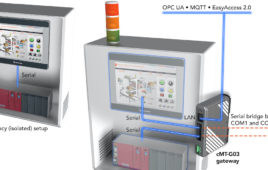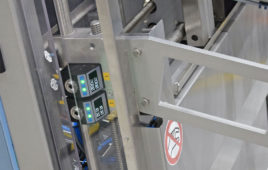The Mars 2030 Experience, a virtual reality collaboration across NASA, Fusion, and MIT’s Space Systems Laboratory, will debut next March at the South by Southwest (SXSW) conference in Austin, Texas—over fourteen years ahead of when actual humans will be (purportedly) touching down on the Red Planet.
The game will be playable on Google Cardboard, Oculus Rift, and Samsung Gear VR. It will also launch on PlayStation VR and HTC Vive.
NASA already utilizes VR technology (quite extensively) in astronaut training and spacecraft simulations. Incorporated into a free game, the Mars 2030 Experience will extend the scope of the agency’s work to a broader audience, hopefully inspiring the next generation of scientists and explorers.
“We saw this as an opportunity to share elements of our human Mars surface exploration concepts using today’s advanced virtual reality technologies,” Jason Crusan, director of NASA’s advanced exploration systems, told Fortune.
Gamers will be able to walk or drive the Mars Rover across Martian terrain to fulfill mission goals, incorporating actual topographic data and color reference to recreate what it would look like if they were actually there. (Most images from Mars are color-corrected to match human eyesight or Earth’s lighting conditions. For these reasons, the “Mars” of Hollywood or popular fiction is not entirely accurate.)
As part of the game’s development process, technical designer Justin Sonnekalb and his team visited Johnson Space Center to consult the NASA simulator team and test drive a prototype of the Rover. “There’s something inherently cool about the authenticity of that, particularly with the additional immersion afforded by VR,” Sonnekalb said.
More details will be revealed during a SXSW conference panel, exploring the intersection of science, education, and technology. According to its description, the game will “allow the user to go on an extravehicular activity and explore the Martian landscape in a Z-2 space suit. The interactive component would also allow the astronaut to explore the insides of a prototype habitat proposed by NASA scientists.”
Of course, if the idea of virtually visiting Mars doesn’t do it for you, you could always just apply to NASA to be an actual astronaut…
Filed Under: Virtual reality, M2M (machine to machine)




